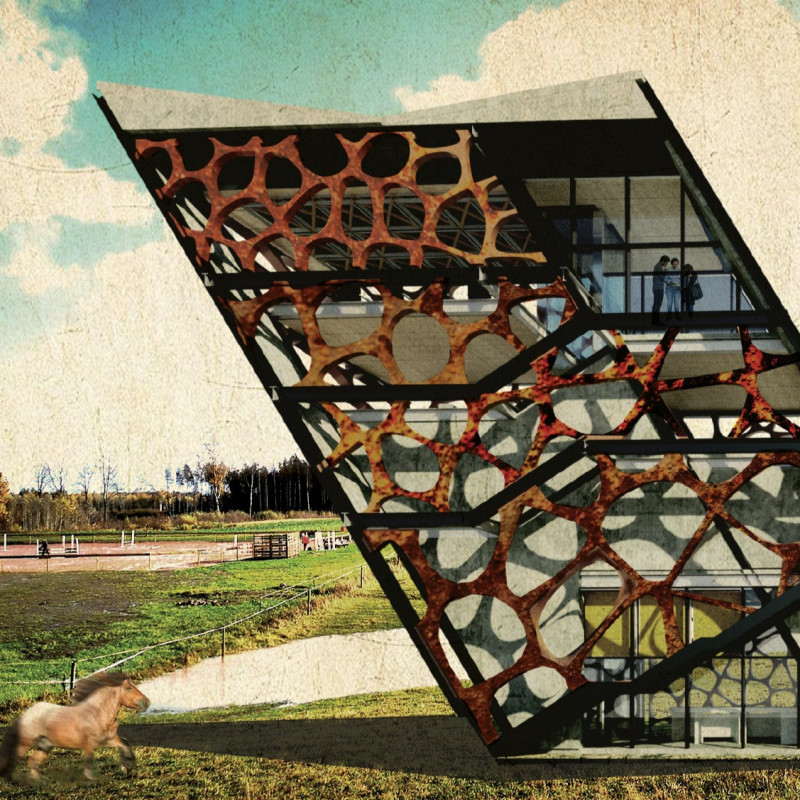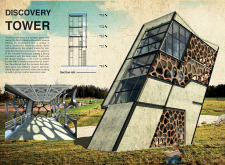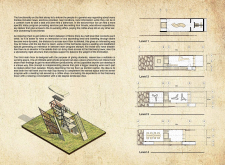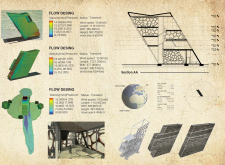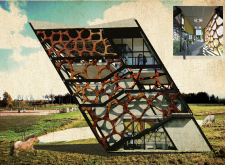5 key facts about this project
Architecturally, the Discovery Tower incorporates elements intended to maximize the user experience. The inclination of the building allows for a distinctive visual profile against the natural landscape, enticing visitors to engage with its surroundings. The structure is composed of a concrete frame, complemented by wooden elements that reinforce its connection to nature. Large glass panels are integrated to provide ample natural light and unobstructed views, ensuring that indoor spaces remain linked to the outdoor scenery.
The project stands out from similar buildings through its thoughtful integration of biophilic design principles. The unique approach features irregular geometric façades that enhance light diffusion and create atmospheric variations within the interior spaces. The strategic arrangement of openings promotes natural ventilation and optimizes the flow of air, contributing to a comfortable microclimate for occupants. These design choices facilitate a seamless transition between various levels of the tower while encouraging visitors to appreciate the surrounding environment.
In addition to its dedicated zones for information and education, the Discovery Tower includes collaborative spaces designed for users to share experiences and knowledge. These characteristics further enhance its function as a community hub, aligning with the overarching goal of promoting sustainability and environmental awareness. Moreover, the careful consideration of materials such as engineered wood and glass highlights a commitment to sustainability while adding aesthetic value.
The Discovery Tower exemplifies the integration of architecture and nature, thereby reinforcing its role as an educational landmark. The attention to user engagement, environmental interaction, and thoughtful design decisions collectively contribute to its unique identity. For more detailed insights, including architectural plans, sections, and designs, readers are encouraged to explore the project presentation to fully comprehend the innovative architectural ideas behind the Discovery Tower.


